JPSS-2 deploys solar array after delay
Original Publication Date: 2022-11-11 13:03
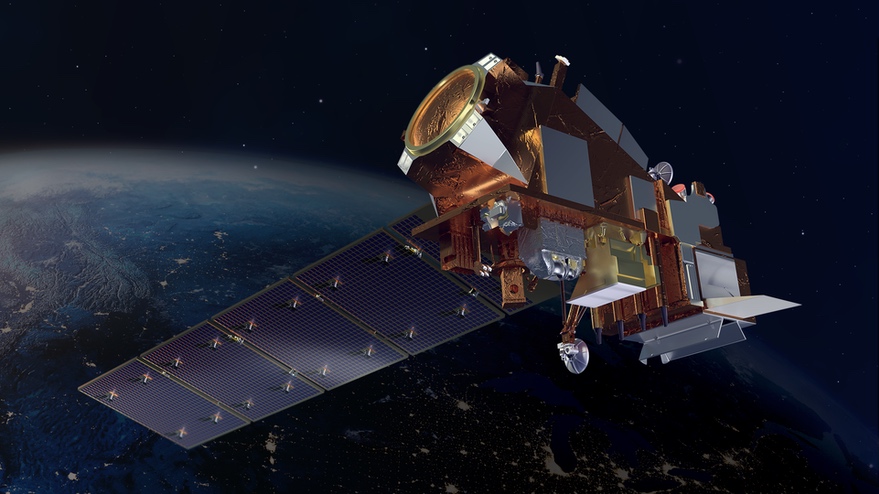
NASA launched the Joint Polar Satellite System (JPSS) 2 spacecraft early Nov. 10. Spacecraft initially stated that the spacecraft extended its single solar array. Telemetry was unable to confirm the deployment. JPSS-2 is the second Northrop-built spacecraft to suffer solar array deployment problems.
NASA moving ahead with Nov. 16 Artemis 1 launch attempt
Original Publication Date: 2022-11-11 23:03
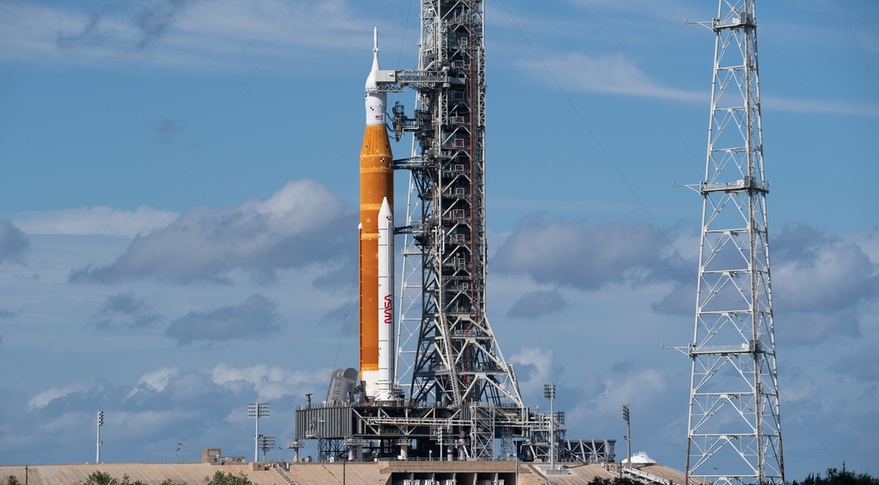
NASA is moving ahead with the next Artemis 1 launch attempt on Nov. 16. No major repairs required to the Space Launch System and Orion from Hurricane Nicole. NASA kept the SLS on the pad during the storm, though it was too late to roll back to the Vehicle Assembly Building. The winds ultimately stayed just below the certification limits for the SLS.
China wants to ramp up the launch rate of its Long March 5B rocket
Original Publication Date: 2022-11-11 12:45
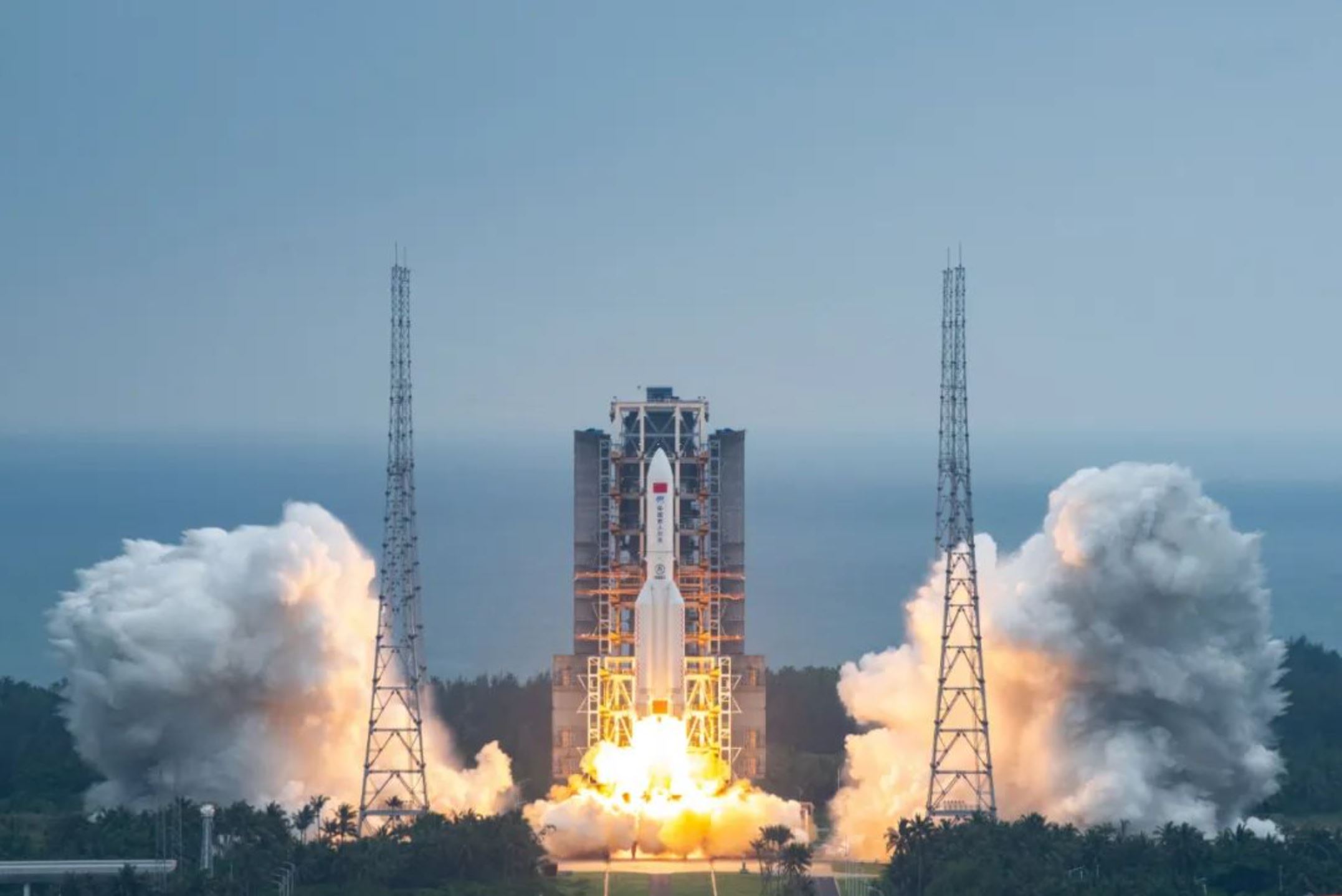
China is planning to greatly increase the number of launches of its Long March 5B rocket. The rocket has created a number of high-profile uncontrolled reentries of its large first stage. The launcher and YZ-2 combination could be used to help deliver high numbers of satellites into orbit.
Starfish books launch for in-orbit satellite docking mission next fall
Original Publication Date: 2022-11-11 22:07

Starfish Space plans to perform first satellite docking test using electric propulsion. Otter Pup demonstrator will attempt to rendezvous with another spacecraft in low Earth orbit. Mission aims to demonstrate key technologies for Starfish’s in-orbit servicing business. If the demo is successful, Starfish aims to develop a slightly larger Otter satellite servicing vehicle.
Space Force orders new weather satellite from Ball Aerospace
Original Publication Date: 2022-11-11 21:02
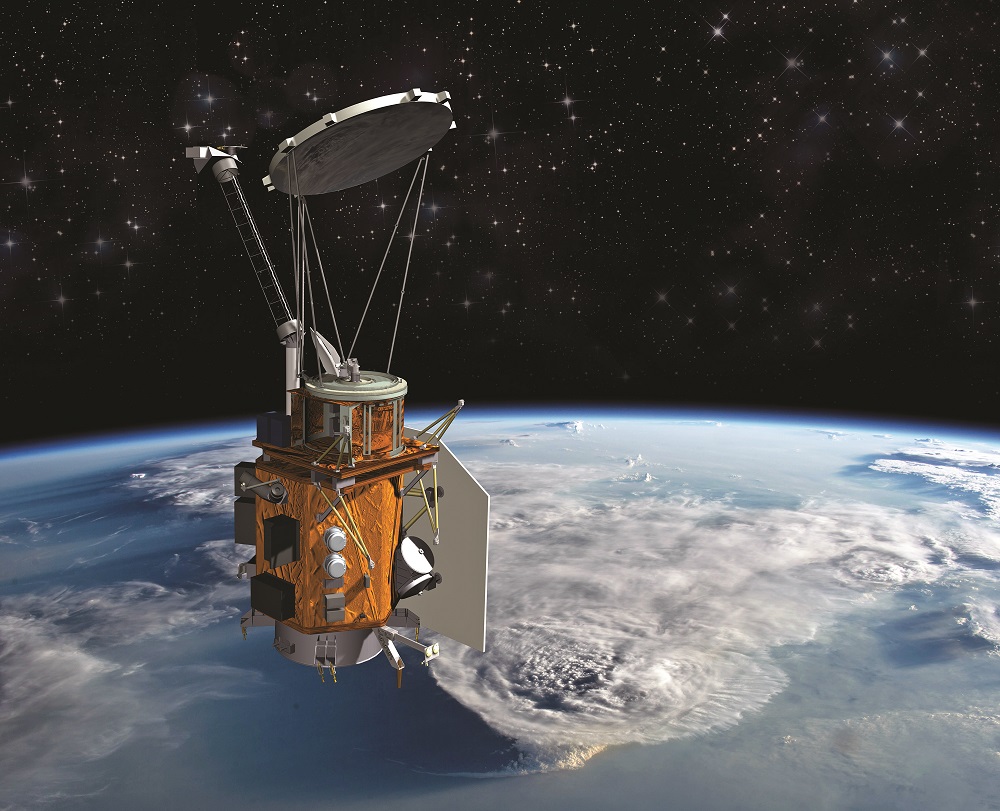
The first Weather System Follow-on Microwave satellite is projected to launch in 2024. The second one is expected to launch in 2028. Each satellite is estimated to cost $511 million, according to the Department of the Air Force. They were designed to replace the U.S. Military’s Defense Meteorological Satellite Program.
SES, Hughes demonstrate satellite internet on General Atomics surveillance drone
Original Publication Date: 2022-11-11 17:21

SES and Hughes installed satellite internet service on a General Atomics surveillance drone. The drone stayed on the ground and did not fly, but the companies said the demonstration showed how the military could use high-throughput satellite connectivity. The demonstration took place Oct. 20 at General Atomics’ flight operations facility in El Mirage, Calif.
NASA investigating “very minor” Artemis hurricane damage
Original Publication Date: 2022-11-11 12:12
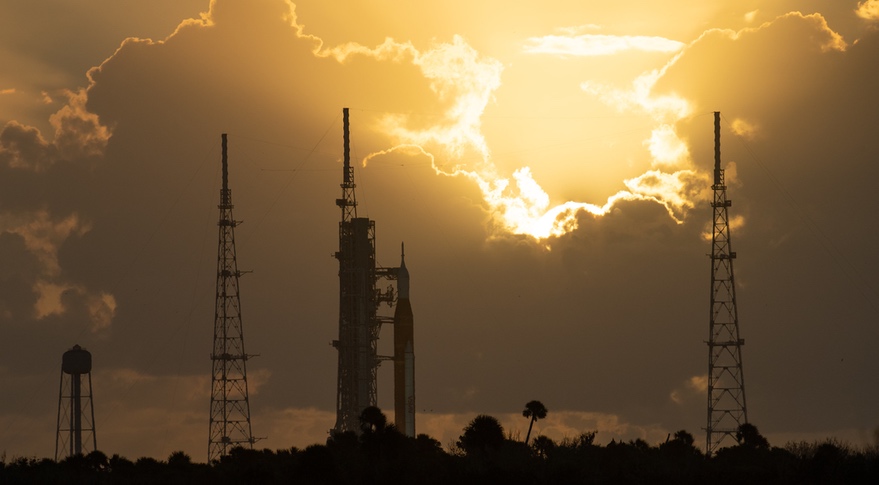
NASA official says initial inspections of the Space Launch System rocket and Orion spacecraft turned up only “very minor damage” to the vehicle. Jim Free, NASA associate administrator for exploration systems development, said remote inspections of the vehicle showed no major damage. He did not state if any repairs, or lost time for pre-launch preparations, would further delay the launch.
NASASpaceFlight.com
OneWeb has resumed deployment of its satellite constellation with the launch of 36 satellites aboard India’s GSLV Mk.III rocket. The mission – which marks the first commercial launch for the GSLV – lifted off from the Satish Dhawan Space Centre on Sunday, Oct. 23.
Commercial Archives
Rocket Factory Augsburg (RFA) has revealed the second stage for its upcoming RFA ONE rocket. The company’s tweet showed a second stage, integrated with a Helix engine. This engine will power both the first and second stages. NASASpaceflight spoke to RFA about the reveal and RFA’s test campaign for the second stage.
International Archives
October 2022 was once again a busy month aboard the International Space Station (ISS) Several spacecraft movements completed the transition between Expedition 67 and 68 and saw new supplies delivered to the Russian Orbital Segment. Against this backdrop, the essential work of the station — furthering humanity’s understanding of science — has continued.
ISS Updates – Spaceflight101 – International Space Station

A veteran NASA spacewalker and an EVA rookie from Japan ended their week with nearly six hours of work outside the International Space Station. The restoration of the Station’s Mobile Servicing System started last year and continued in January to provide Canadarm2 with a new pair of grappling hands.
Featured – Spaceflight101

SpaceX Falcon 9 takes to the skies over Florida’s Cape Canaveral Monday afternoon. The flight-proven Dragon spacecraft will deliver science gear, supplies and maintenance hardware to the International Space Station. It is the first of at least six cargo ships inbound to the U.S. Segment of ISS this year.
News – Spaceflight101

Europe's Copernicus satellite fleet is gearing up for the arrival of its next addition on Wednesday. A Russian Rockot booster set to blast off from the Plesetsk Cosmodrome at 17:57 UTC with the Sentinel-3B multi-function satellite.
Re-Entry: Long March 11 Rocket Body – Spaceflight101

The CZ-11 fourth stage used leftover propellant for a partial de-orbit maneuver, lowering its perigee to 120 Kilometers to significantly accelerate its orbital decay. It is reportedly built around a YF-50 main engine and in a nominal mission conducts the orbital circularization.
NASA to Brief Media on First Earth Water-Monitoring Satellite Mission

NASA will host a virtual media briefing to discuss the upcoming launch of the Surface Water and Ocean Topography (SWOT) satellite. The briefing will livestream on NASA Television, Facebook and YouTube, as well as the agency’s app and on its website. Questions can be asked on social media during the briefing using #AskNASA.
Satellites Help Scientists Track Dramatic Wetlands Loss in Louisiana
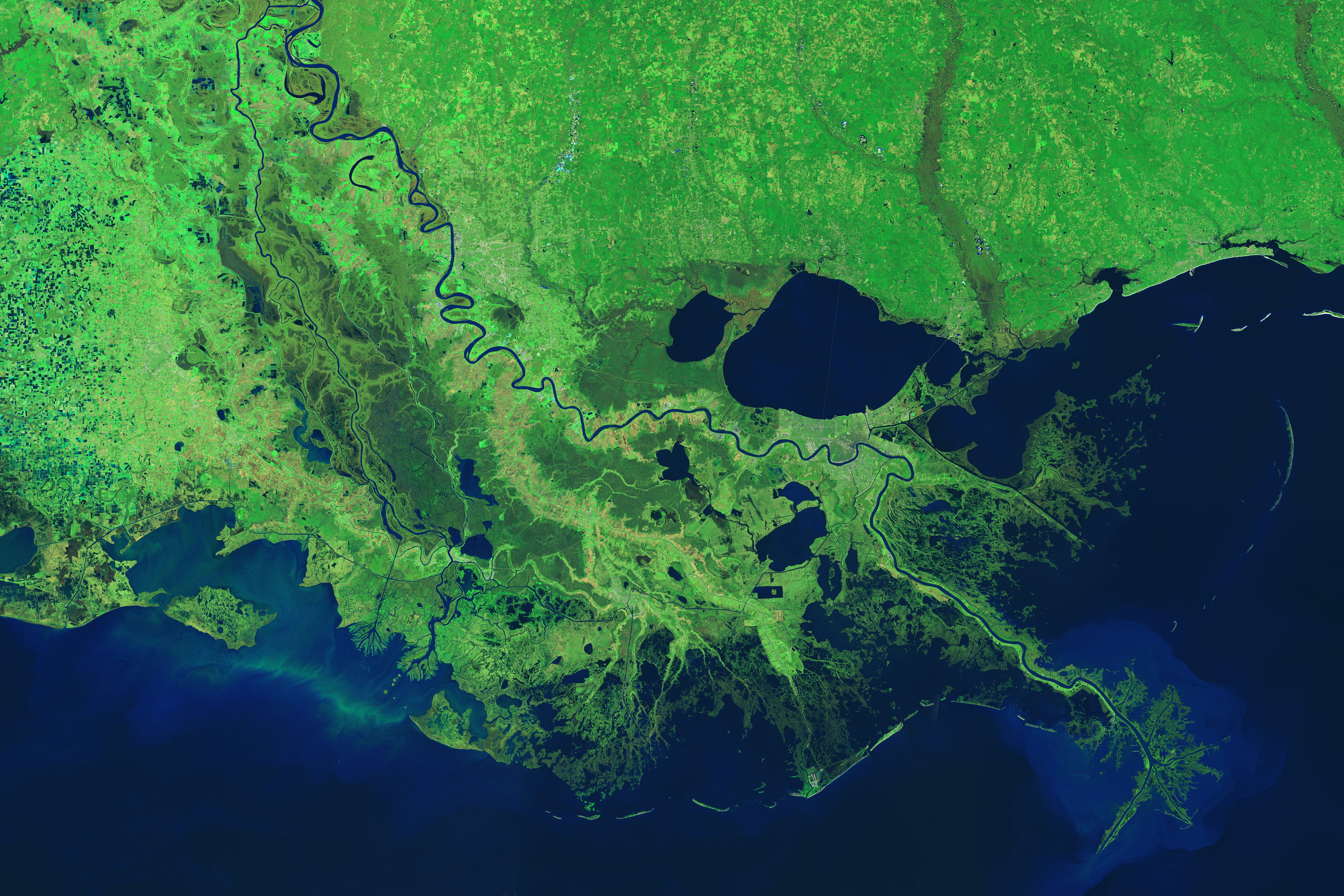
NASA-funded researchers quantified those wetlands losses at nearly 21 square miles (54 square kilometers) per year since the early 1980s. Some of those wetlands were submerged by rising seas; others were disrupted by oil and gas infrastructure and hurricanes. But the primary driver of losses was coastal and river engineering.
As Psyche Mission Moves Forward, NASA Responds to Independent Review

NASA and Jet Propulsion Laboratory share response to Psyche review board. Review board found imbalance between workload and available workforce at JPL. NASA will work closely with JPL management to address the challenges raised in the report. Board will meet again in spring 2023 to assess progress.
NASA to Discuss Psyche Independent Review Board Results

NASA will host a community town hall at 12 p.m. EDT (9 a.m. PDT) on Friday, Nov. 4. Members of the science community, academia, media, and public, are invited to join the discussion online. Following the town hall, NASA will host a media call.
NASA Prepares to Say ‘Farewell’ to InSight Spacecraft

InSight’s seismometer has detected more than 1,300 marsquakes since the lander touched down in November 2018. The data is expected to continue yielding discoveries for decades. NASA will declare the mission over when InSight misses two consecutive communication sessions with the spacecraft orbiting Mars.
NASA Solar System Ambassadors: Sharing the Science for 25 Years

NASA’s Solar System Ambassadors Program is celebrating its 25th anniversary in fall 2022. The program is funded by NASA’s Science Mission Directorate and is managed by NASA’’s Jet Propulsion Laboratory in Southern California. In the spirit of a genuine grassroots endeavor, the Solar System Ambassadors program was originally called the Galileo Ambassador Program.
Haunting Portrait: NASA’s Webb Reveals Dust, Structure in Pillars of Creation

Mid-infrared light excels at observing gas and dust in extreme detail. The densest areas of dust are the darkest shades of gray. The red region toward the top, which forms an uncanny V, is where the dust is diffuse and cooler. Notice that no background galaxies make an appearance – the interstellar medium in the densest part of the Milky Way’s disk is too swollen with gas and dust to allow their distant light to penetrate.
